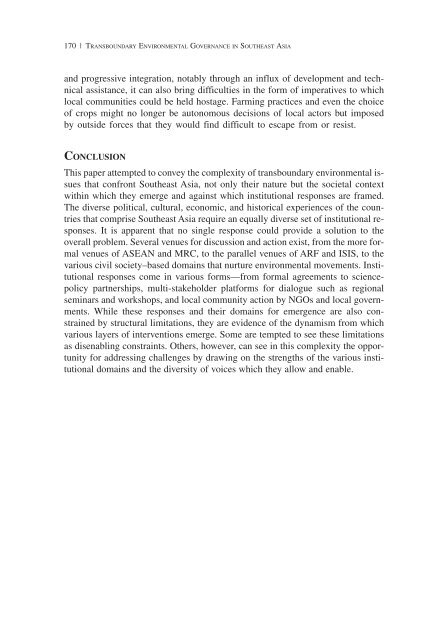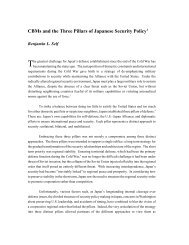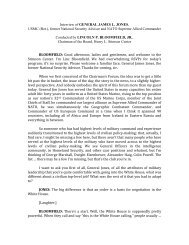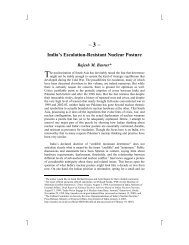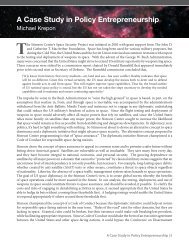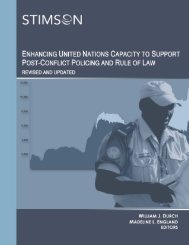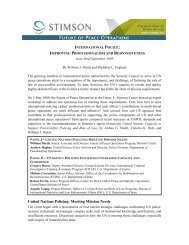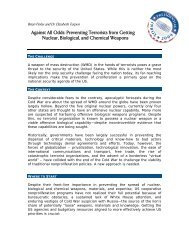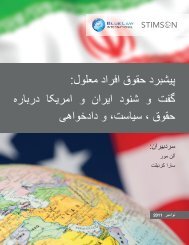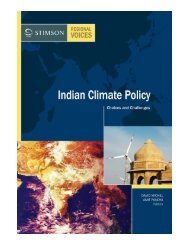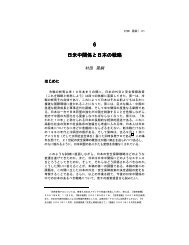transboundary environmental governance in southeast asia
transboundary environmental governance in southeast asia
transboundary environmental governance in southeast asia
You also want an ePaper? Increase the reach of your titles
YUMPU automatically turns print PDFs into web optimized ePapers that Google loves.
LIF001_ch8 6/26/08 1:37 PM Page 170<br />
170|TRANSBOUNDARY ENVIRONMENTAL GOVERNANCE IN SOUTHEAST ASIA<br />
and progressive <strong>in</strong>tegration, notably through an <strong>in</strong>flux of development and technical<br />
assistance, it can also br<strong>in</strong>g difficulties <strong>in</strong> the form of imperatives to which<br />
local communities could be held hostage. Farm<strong>in</strong>g practices and even the choice<br />
of crops might no longer be autonomous decisions of local actors but imposed<br />
by outside forces that they would f<strong>in</strong>d difficult to escape from or resist.<br />
CONCLUSION<br />
This paper attempted to convey the complexity of <strong>transboundary</strong> <strong>environmental</strong> issues<br />
that confront Southeast Asia, not only their nature but the societal context<br />
with<strong>in</strong> which they emerge and aga<strong>in</strong>st which <strong>in</strong>stitutional responses are framed.<br />
The diverse political, cultural, economic, and historical experiences of the countries<br />
that comprise Southeast Asia require an equally diverse set of <strong>in</strong>stitutional responses.<br />
It is apparent that no s<strong>in</strong>gle response could provide a solution to the<br />
overall problem. Several venues for discussion and action exist, from the more formal<br />
venues of ASEAN and MRC, to the parallel venues of ARF and ISIS, to the<br />
various civil society–based doma<strong>in</strong>s that nurture <strong>environmental</strong> movements. Institutional<br />
responses come <strong>in</strong> various forms—from formal agreements to sciencepolicy<br />
partnerships, multi-stakeholder platforms for dialogue such as regional<br />
sem<strong>in</strong>ars and workshops, and local community action by NGOs and local governments.<br />
While these responses and their doma<strong>in</strong>s for emergence are also constra<strong>in</strong>ed<br />
by structural limitations, they are evidence of the dynamism from which<br />
various layers of <strong>in</strong>terventions emerge. Some are tempted to see these limitations<br />
as disenabl<strong>in</strong>g constra<strong>in</strong>ts. Others, however, can see <strong>in</strong> this complexity the opportunity<br />
for address<strong>in</strong>g challenges by draw<strong>in</strong>g on the strengths of the various <strong>in</strong>stitutional<br />
doma<strong>in</strong>s and the diversity of voices which they allow and enable.


